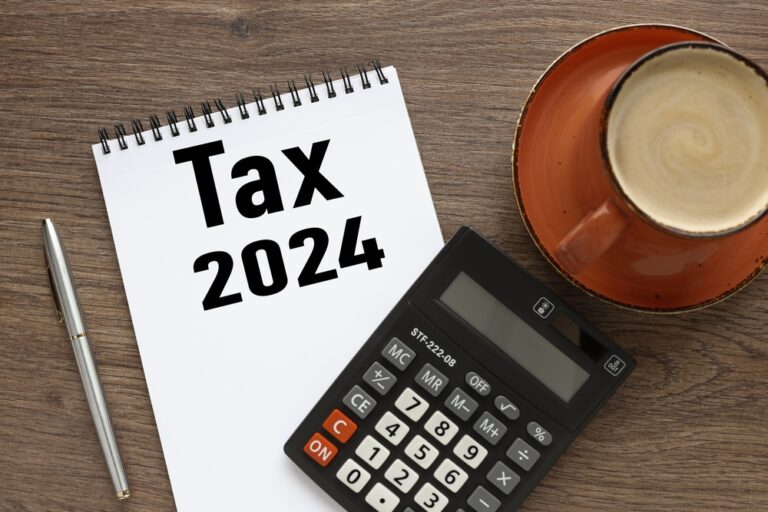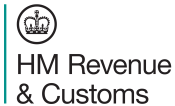Tax Relief on Employee
Contributions to Registered
Pension Schemes
Tax Relief on Employee Contributions to Registered Pension Schemes
 > Resources
>
Newsletter
> Resources
>
Newsletter
 > Resources
>
Newsletter
> Resources
>
Newsletter

Tax Relief on Employee
Contributions to Registered
Pension Schemes
 > Resources
>
Newsletter
> Resources
>
Newsletter
The Power of Pension Contributions
Contributing to a pension scheme is a smart financial move that not only helps secure your retirement but also comes with valuable tax advantages. When you make contributions to a registered pension scheme, you have the opportunity to benefit from tax relief, which effectively boosts your savings.
Understanding Tax Relief
Tax relief on pension contributions is essentially a government incentive to encourage individuals to save for their retirement. It works as follows:
1. Basic Rate Taxpayers: If you’re a basic rate taxpayer in the UK, for every £100 you contribute to your pension scheme, the government adds an additional £25 in tax relief. This means your contribution of £100 effectively becomes £125 in your pension pot.
2. Higher Rate and Additional Rate Taxpayers: If you fall into the higher rate or additional rate taxpayer category, you can claim additional tax relief through your self-assessment tax return. This can significantly enhance your pension savings.
3. Annual Allowance: It’s important to note that there’s an annual allowance limit for tax relief on pension contributions. Currently, Pension annual allowance is £60,000. Contributions exceeding this limit may not qualify for tax relief.
Automatic Enrolment
Many employees are automatically enrolled in workplace pension schemes under the government’s Automatic Enrolment program. The good news is that tax relief is applied automatically to your contributions in such schemes. However, it’s essential to review your contributions periodically to ensure they align with your retirement goals.
Carry Forward Allowance
If you haven’t been maximizing your annual pension allowance in previous years, you may be able to carry forward any unused allowance from the previous three tax years. This can be especially advantageous for those looking to catch up on their retirement savings while benefiting from tax relief.
There are two main methods for employers to use to get tax relief on employee pension contributions.
- Net pay.
- Relief at Source.
Net pay
- For a net pay arrangement, the employer deducts the pension contribution upon which relief is due from an employee’s gross income before operating PAYE.
- The employee then gets tax relief at their marginal rate of income tax without needing to make any additional claim.
Relief at source
- The employer deducts an amount from net pay (after tax and National Insurance deductions) equal to the pension contribution net of basic rate tax relief.
- The scheme provider then claims the basic rate tax equivalent from HMRC Pension Scheme Services (PSS) and tops up the individual’s pension pot by the amount claimed from PSS.
- The individual will then need to claim any higher or additional rate tax relief from HMRC against their tax code or through Self-Assessment.
The individual cannot choose the method of relief for themselves.





